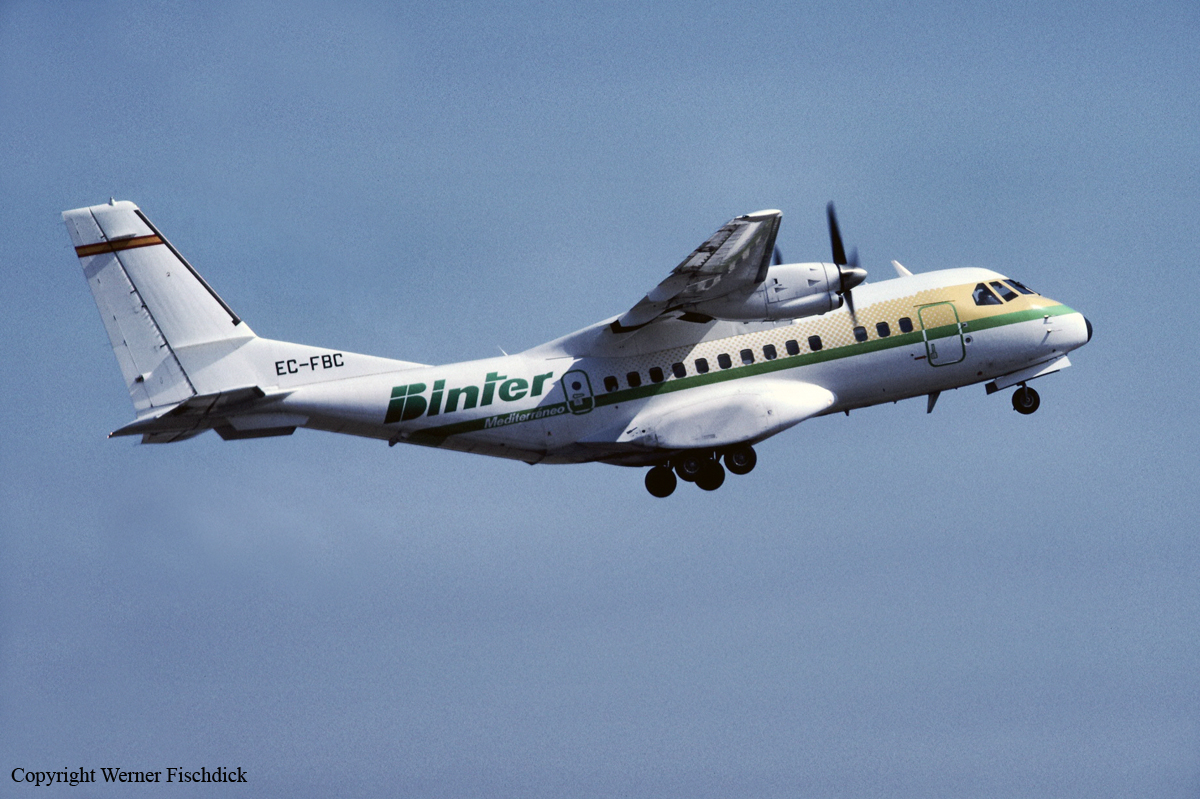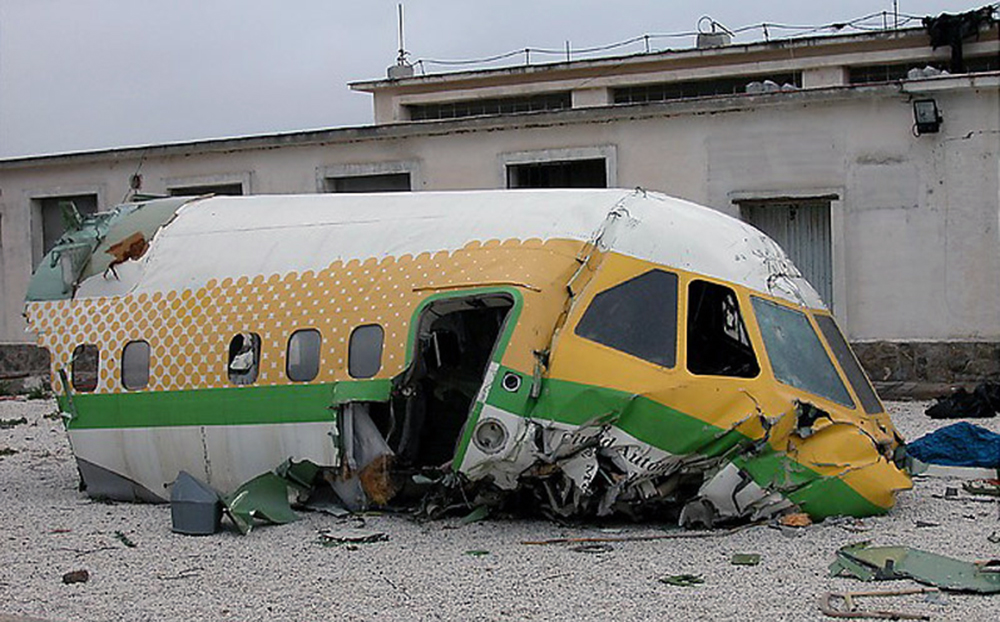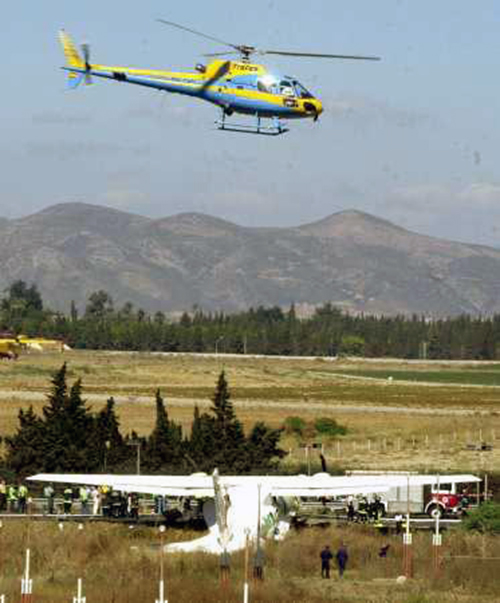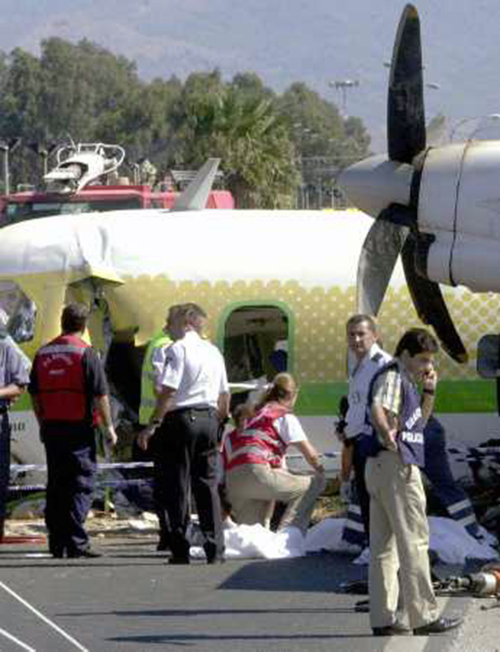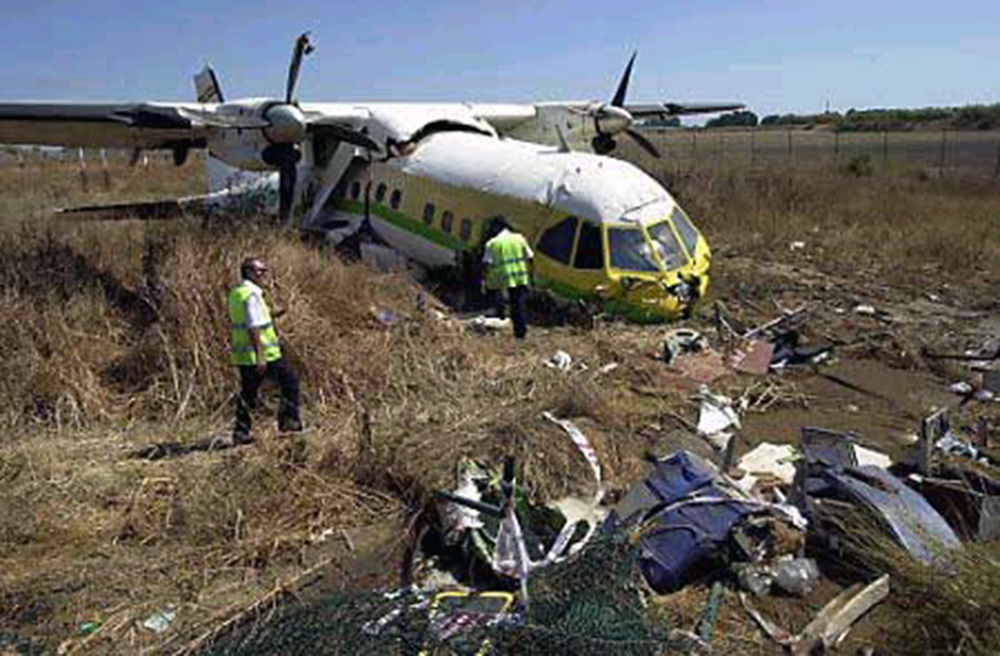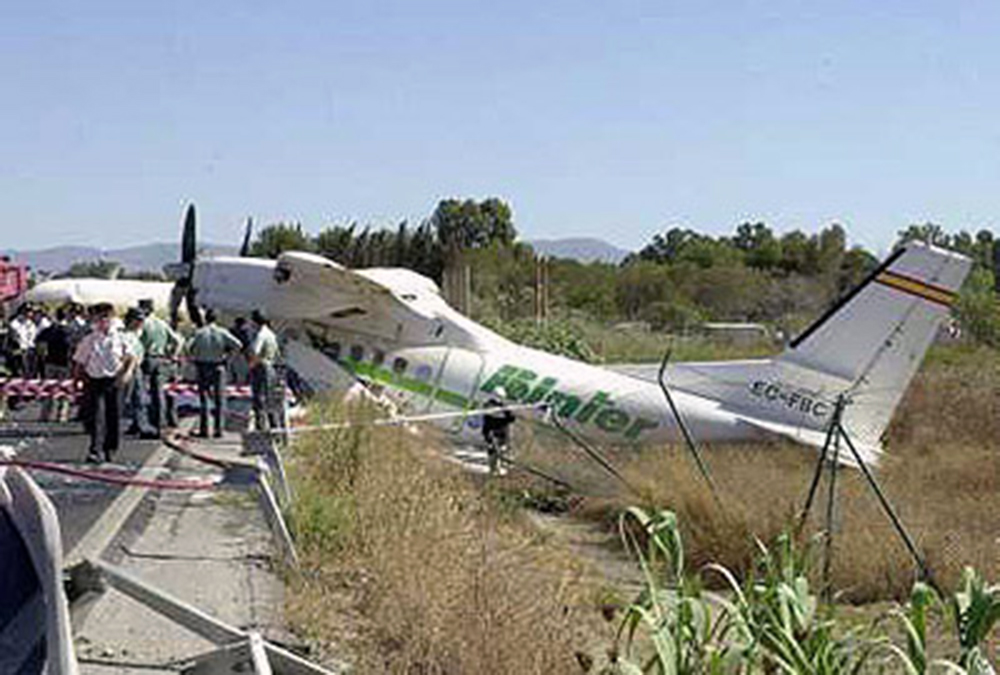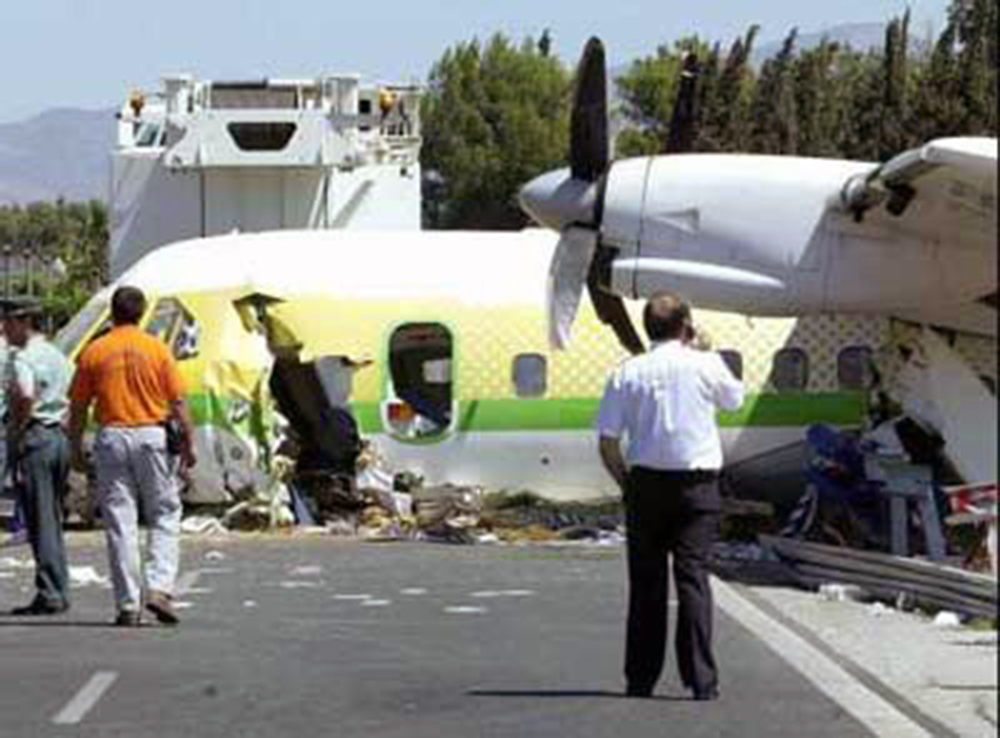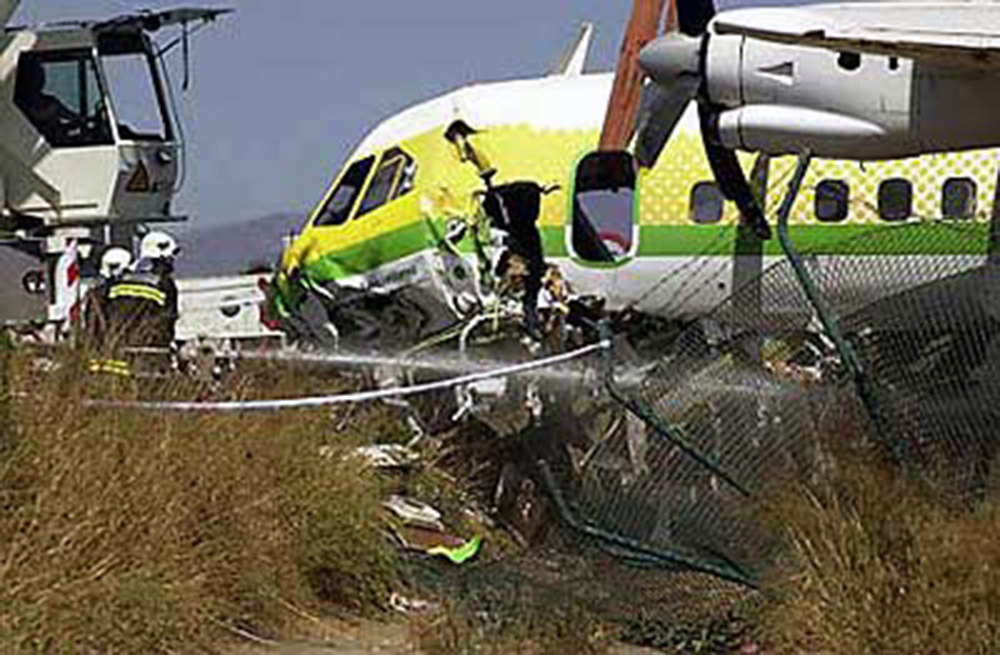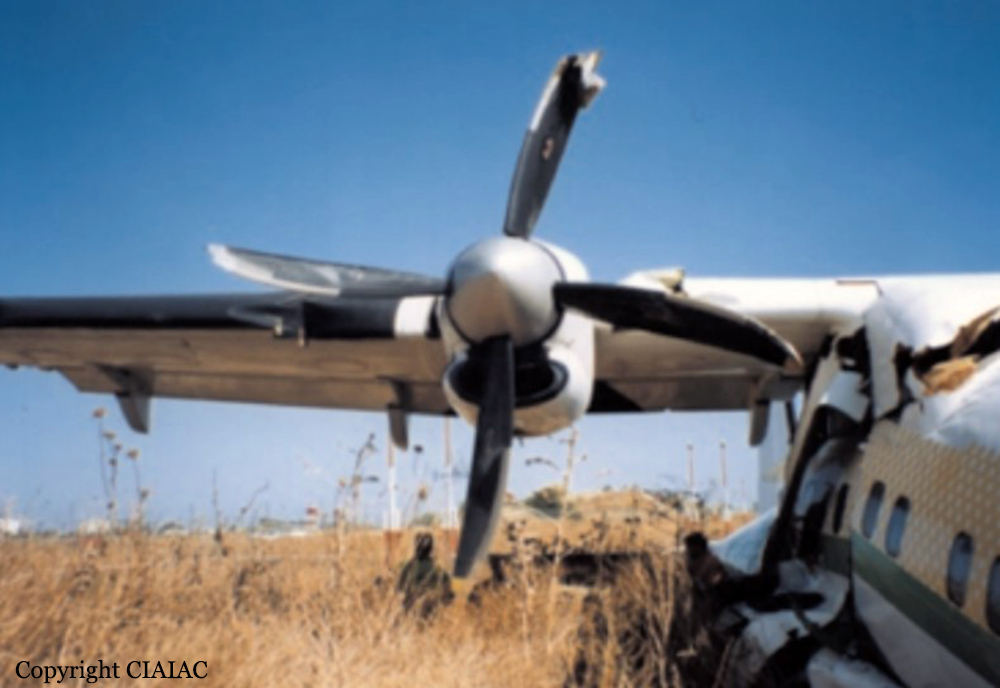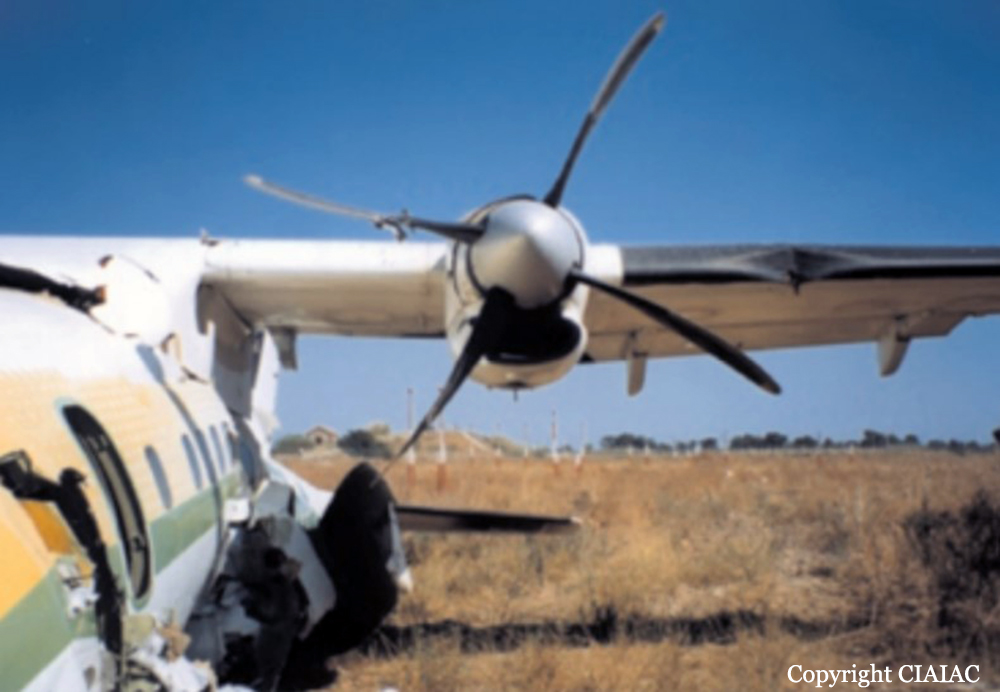Country
Crash of a Casa-Nurtanio CN-235M-100 near Yalvaç: 3 killed
Date & Time:
Jan 17, 2018 at 1250 LT
Registration:
98-148
Survivors:
No
Schedule:
Eskişehir - Eskişehir
MSN:
C-148
YOM:
1998
Crew on board:
3
Crew fatalities:
Pax on board:
0
Pax fatalities:
Other fatalities:
Total fatalities:
3
Circumstances:
The twin engine aircraft departed Eskişehir Airport at 1103LT on a training flight, carrying one technician and two pilots. While flying in good weather conditions, the airplane struck the top of a snow covered mountain located in the region of Yalvaç, some 80 km northeast of Isparta. The wreckage was found at 1430LT. All three crew members were killed.
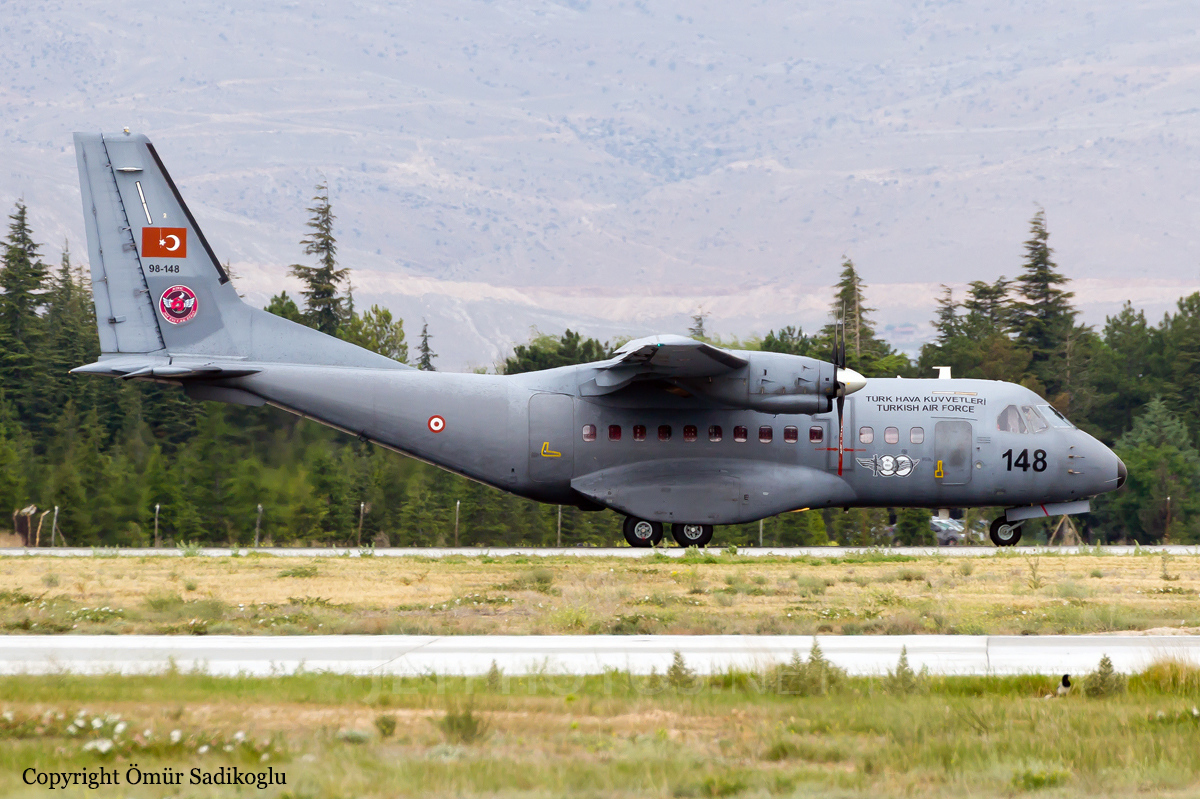
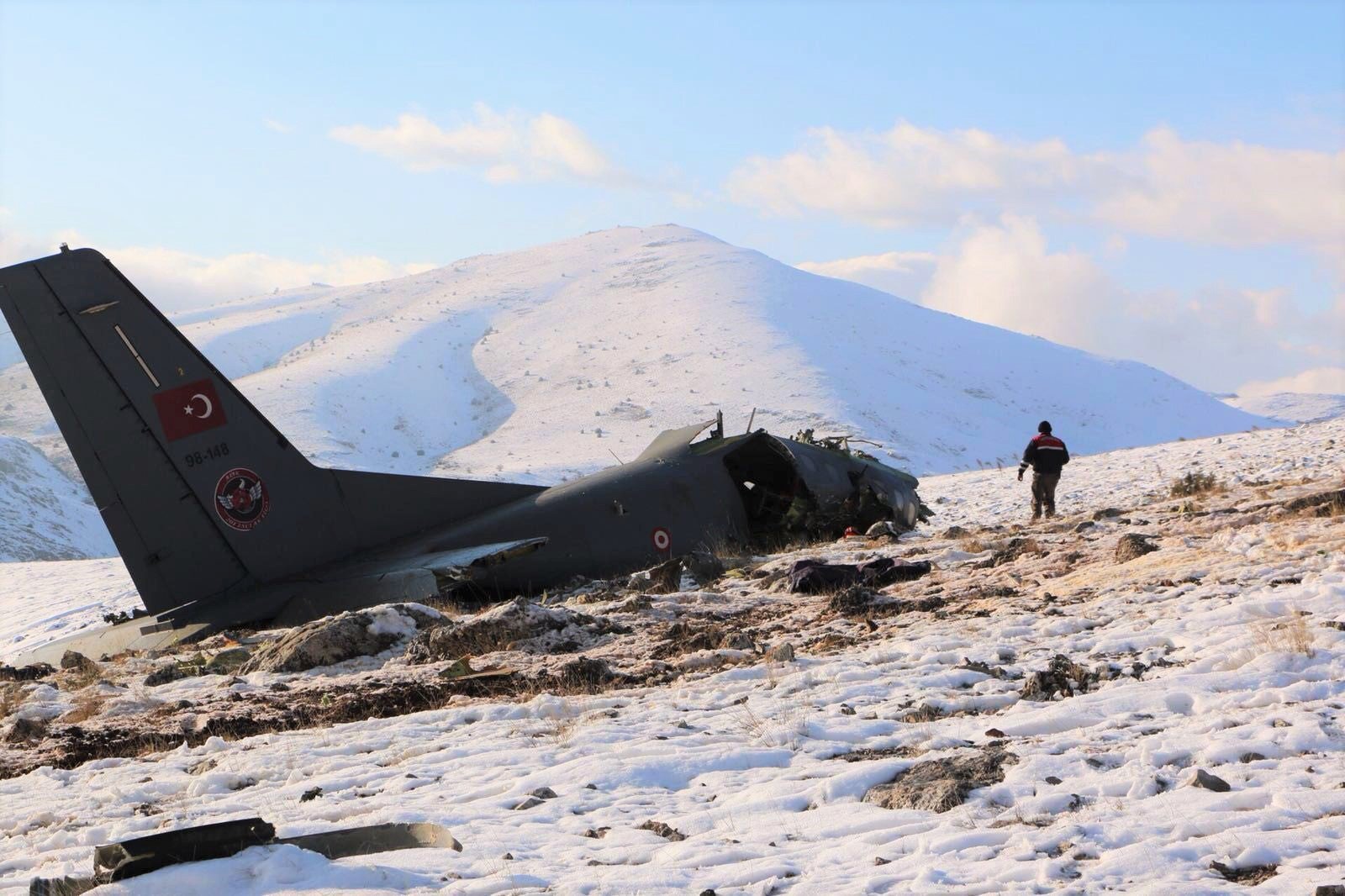
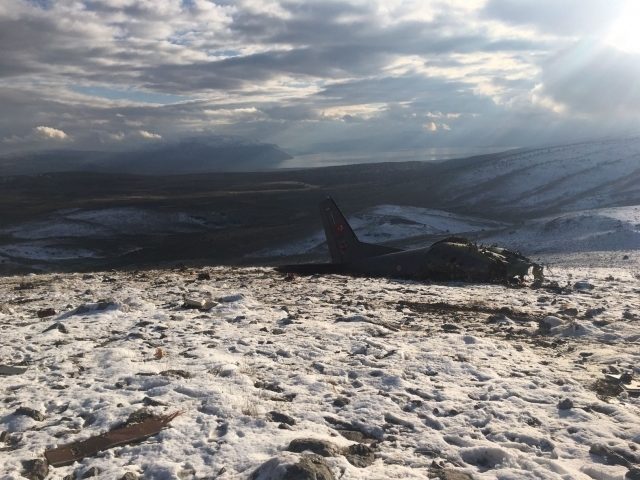
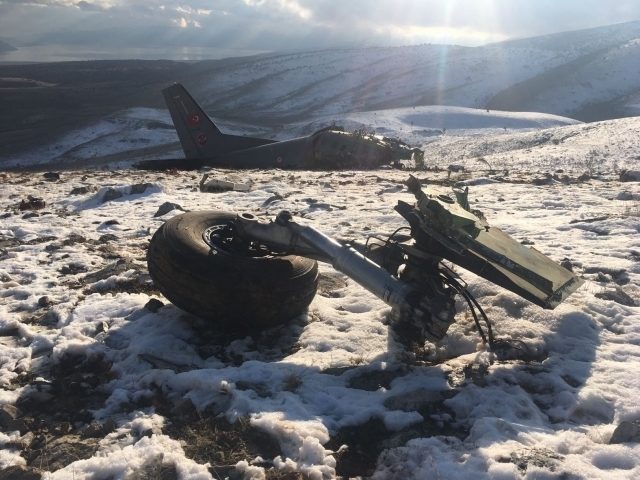

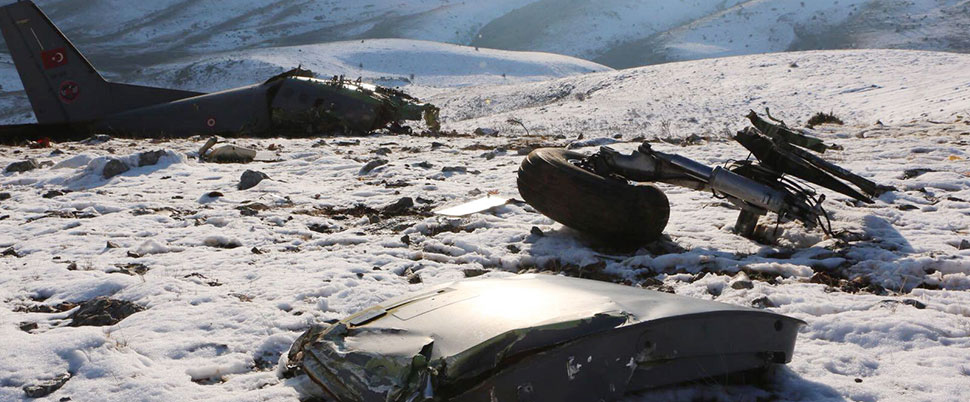
Crash of a Casa CN-235M near Kuala Selangor
Date & Time:
Feb 26, 2016 at 0840 LT
Registration:
M44-07
Survivors:
Yes
Schedule:
Subang - Subang
MSN:
N055
YOM:
2005
Flight number:
Sintar Sakti 02
Crew on board:
8
Crew fatalities:
Pax on board:
0
Pax fatalities:
Other fatalities:
Total fatalities:
0
Circumstances:
The crew departed Kuala Lumpur-Subang-Sultan Abdul Aziz Shah Airport at 0835LT on a local training flight. Ten minutes later, the left engine caught fire and failed, forcing the captain to attempt an emergency landing. The aircraft crash landed in the sea, few metres off the beaches of Taman Malawati Utama, south of Kuala Selangor. The copilot was injured (broken arm) while seven other occupants escaped unhurt. The aircraft was destroyed by a post crash fire.
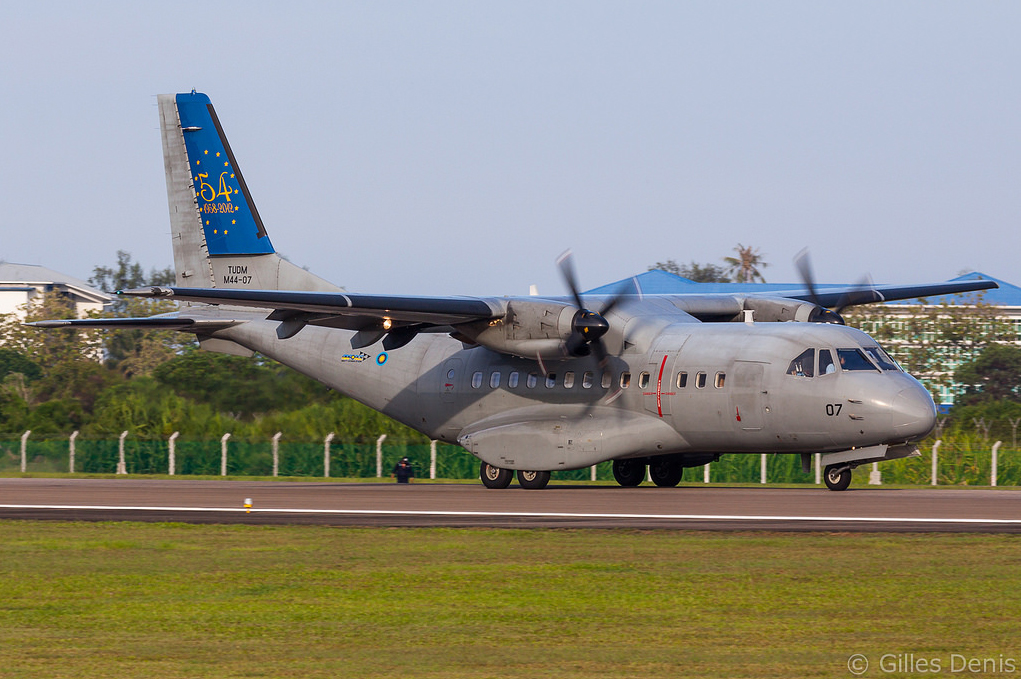
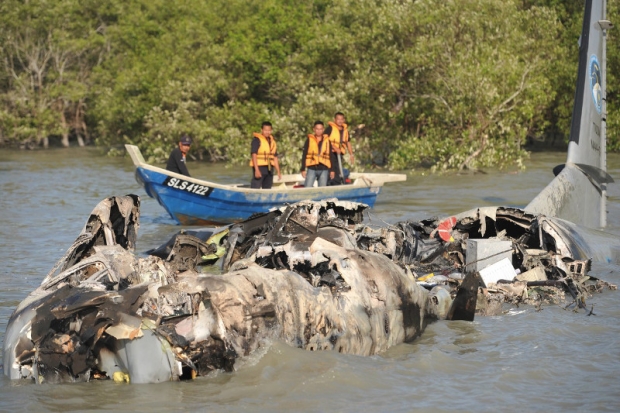
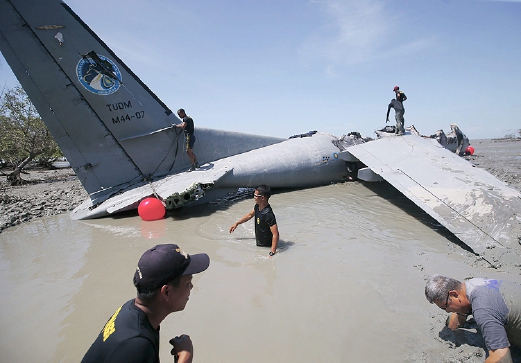
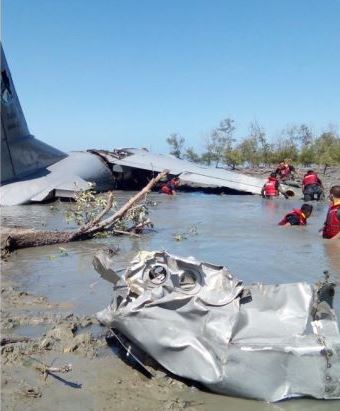
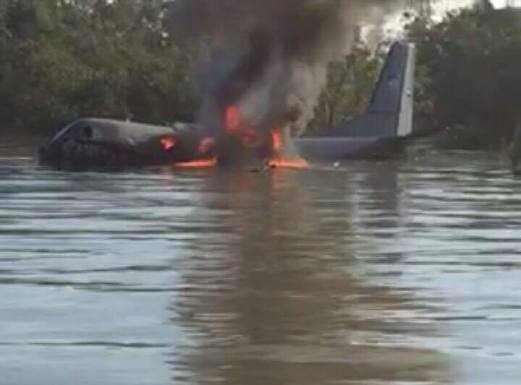
Crash of a Casa CN-235M-100 in Agustín Codazzi: 11 killed
Date & Time:
Jul 31, 2015 at 1430 LT
Registration:
FAC1261
Survivors:
No
Schedule:
Palanquero – Valledupar – Barranquilla
MSN:
C-118
YOM:
1997
Crew on board:
11
Crew fatalities:
Pax on board:
0
Pax fatalities:
Other fatalities:
Total fatalities:
11
Circumstances:
The aircraft departed Palanquero AFB on a flight to Barranquilla with an intermediate stop in Valledupar. While cruising in poor weather conditions, the crew informed ATC about an engine failure when radio contact was lost. The aircraft entered an uncontrolled descent and crashed in a field located near Agustín Codazzi, some 50 km south of Valledupar. The aircraft was totally destroyed by impact forces and there was no fire. All 11 crew members were killed. The airplane was completing a special mission on behalf of the Colombian Intelligence Forces.
Crew:
Maj Adalberto Ramírez,
Lt Sergio Bojacá,
2nd Lt Luisa Salazar,
2nd Lt Andrés Rojas,
1st Tec Juan Carlos Correa,
Tec Jorge Iván Angulo,
Tec Giovany Roa,
Tec Tercero Juan Camilo Rivera,
Tec Tercero Hawer Moreno,
Tec Elkin Sierra,
Tec Édgar Contreras.
Crew:
Maj Adalberto Ramírez,
Lt Sergio Bojacá,
2nd Lt Luisa Salazar,
2nd Lt Andrés Rojas,
1st Tec Juan Carlos Correa,
Tec Jorge Iván Angulo,
Tec Giovany Roa,
Tec Tercero Juan Camilo Rivera,
Tec Tercero Hawer Moreno,
Tec Elkin Sierra,
Tec Édgar Contreras.
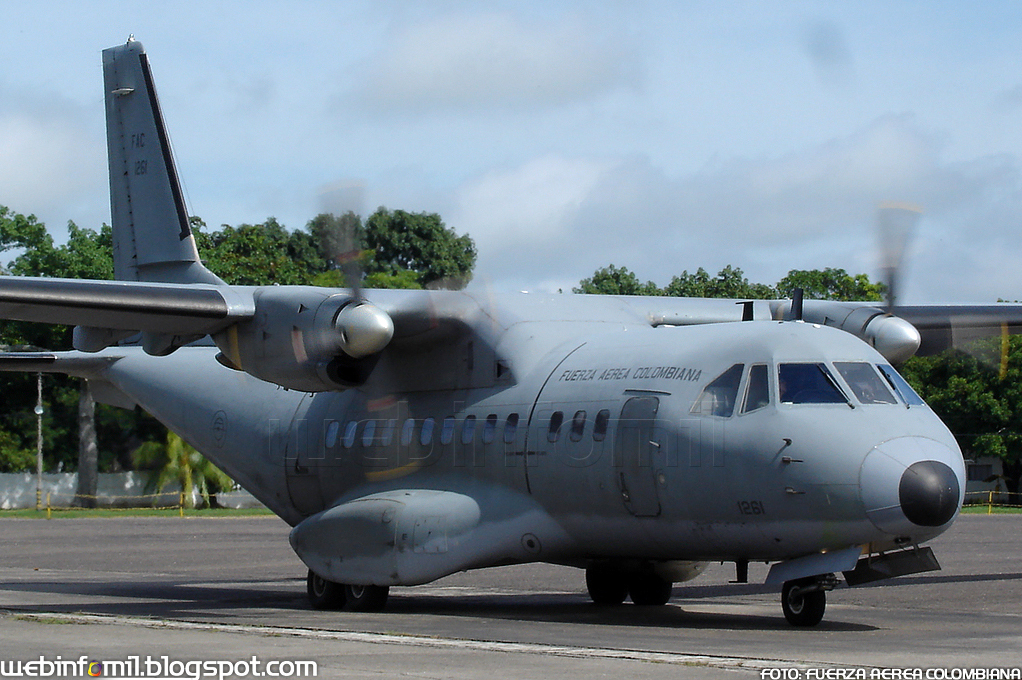
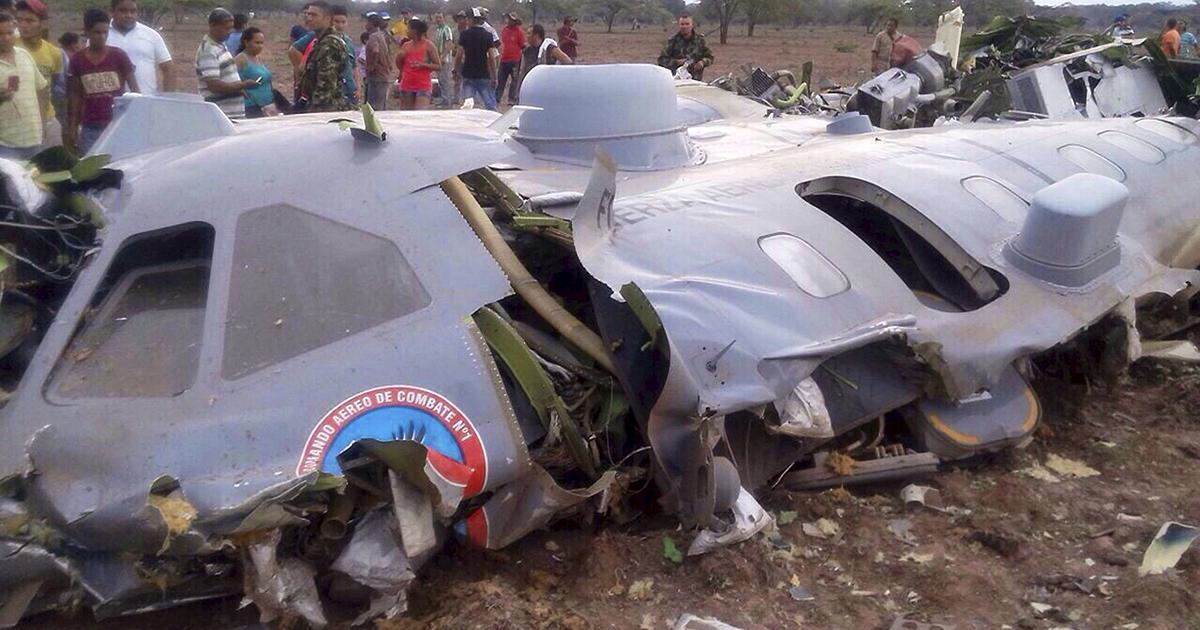
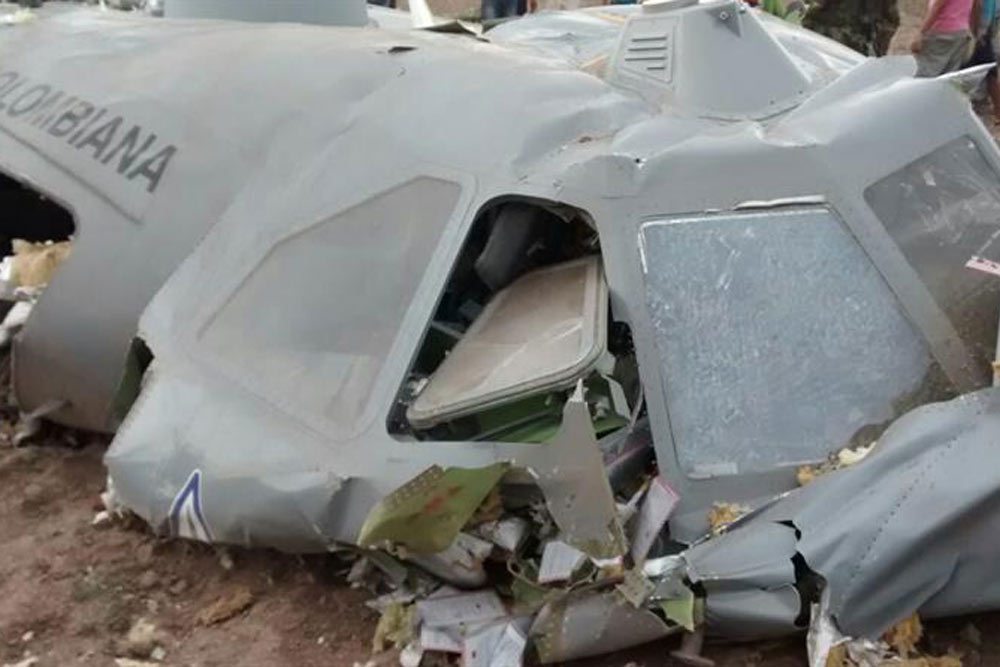
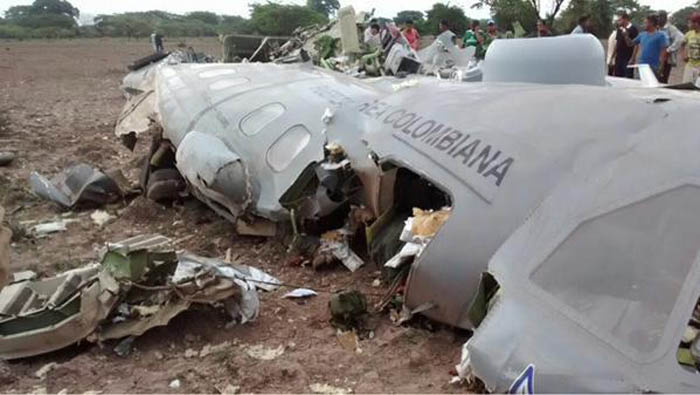

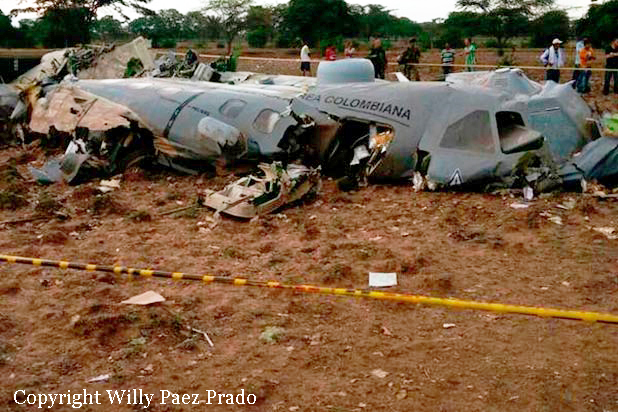
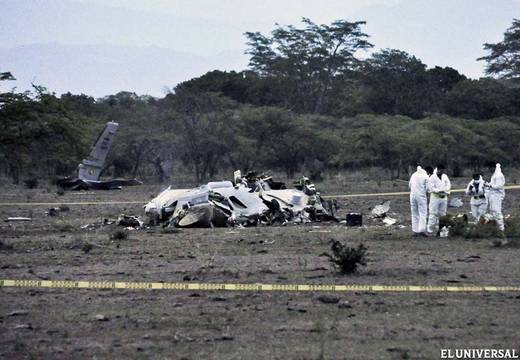
Crash of a Casa CN235-220 in Monrovia: 11 killed
Date & Time:
Feb 11, 2013 at 0710 LT
Registration:
3X-GGG
Survivors:
No
Schedule:
Conakry - Monrovia
MSN:
N014
YOM:
1991
Crew on board:
5
Crew fatalities:
Pax on board:
6
Pax fatalities:
Other fatalities:
Total fatalities:
11
Circumstances:
The aircraft was carrying a delegation of Senior Officials of the Guinea Air Force to Monrovia. On final approach to Roberts Airport, the aircraft descended too low, impacted trees and crashed in a wooded area located near Charlesville, some 4 km short of runway. The aircraft was destroyed by impact forces and a post crash fire and all 11 occupants were killed, among them General Souleymane Kéléfa Diallo, Chief of Staff of the Guinea Army Forces. The delegation was on its way to Monrovia to take part to the celebration of the Liberia Army forces anniversary.
Probable cause:
In July 2013, the investigation board confirmed that the accident resulted of multiple errors committed by the pilots who did not carry sufficient attention to the flight and the approach procedure. Investigators also concluded that the flight crew was tired, which was considered as a contributing factor because their faculties and capacities were diminished.
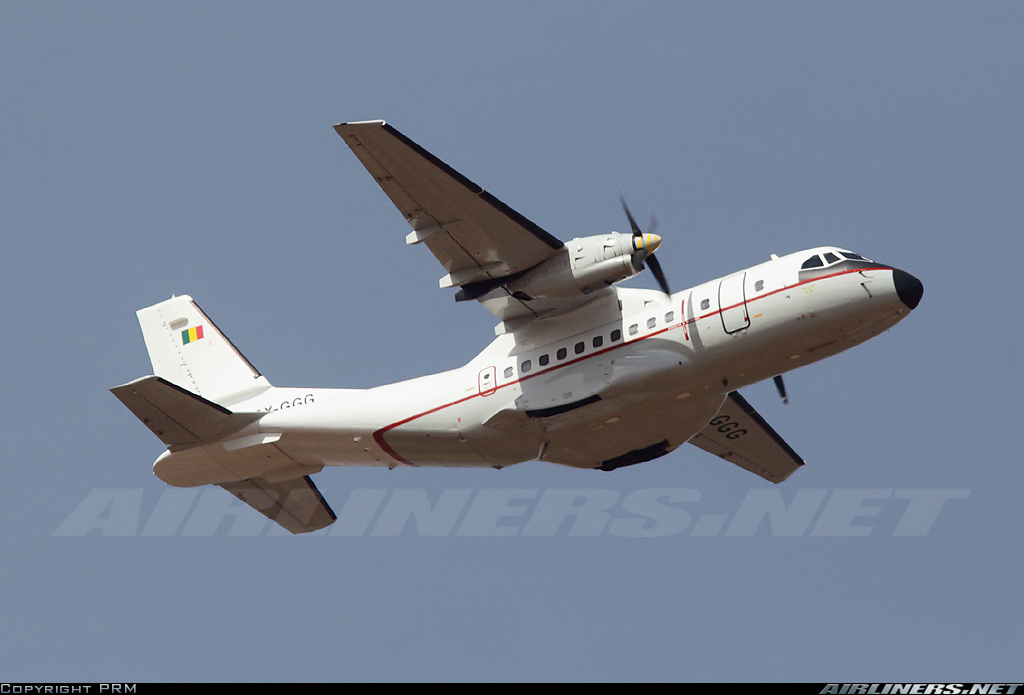
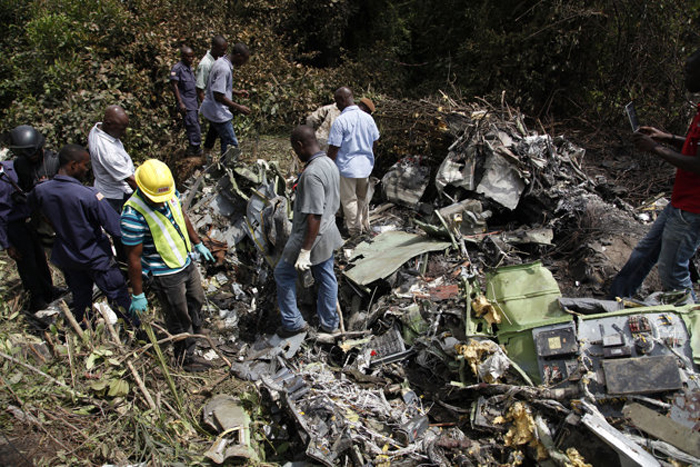
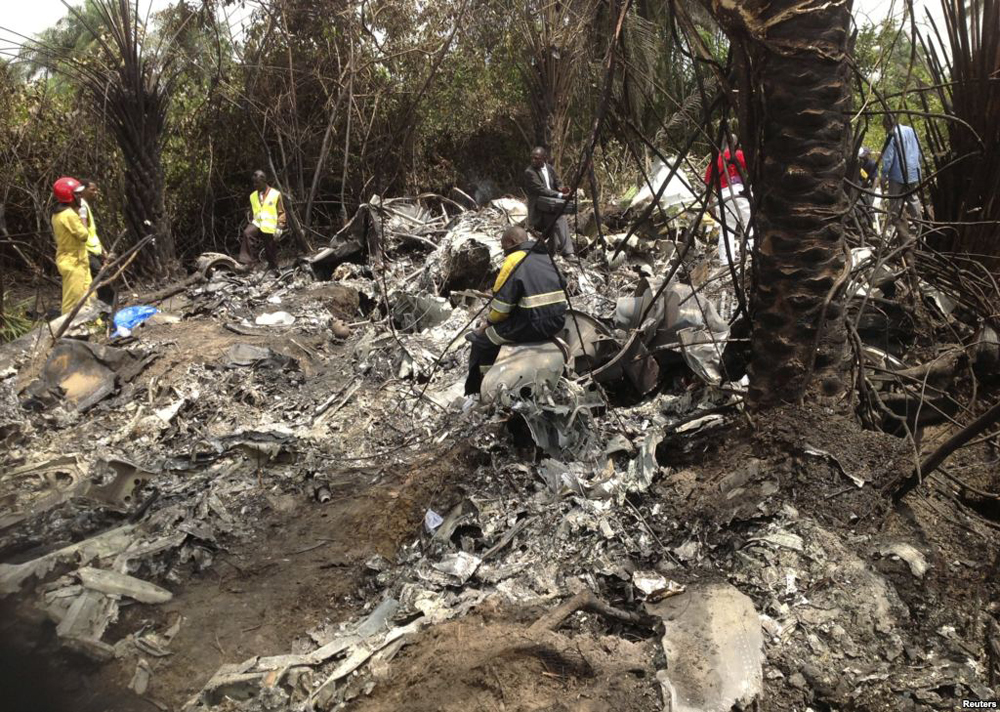
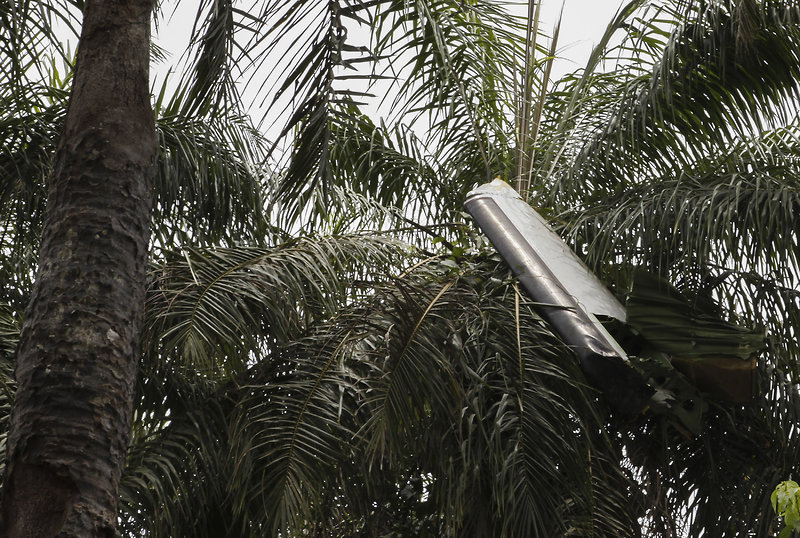
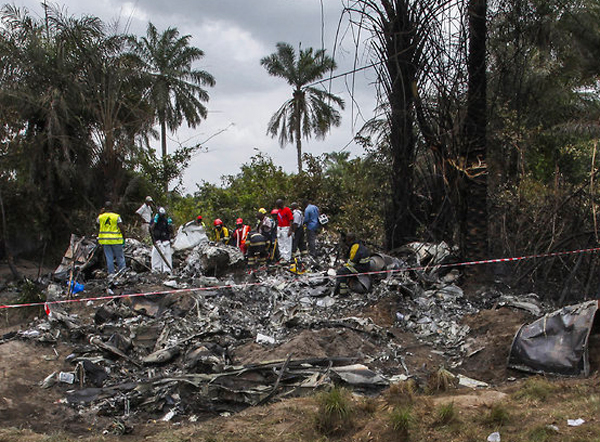
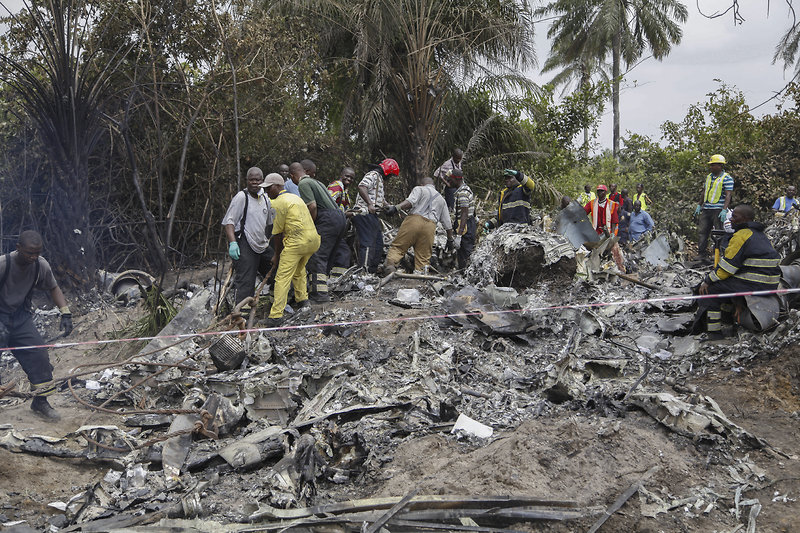
Crash of a Casa-Nurtanio CN-235M-10 (IPTN) in Lhokseumawe: 3 killed
Date & Time:
Jul 21, 2005 at 1138 LT
Registration:
A-2301
Survivors:
Yes
Schedule:
Banda Aceh - Lhokseumawe
MSN:
N016
YOM:
1991
Crew on board:
3
Crew fatalities:
Pax on board:
20
Pax fatalities:
Other fatalities:
Total fatalities:
3
Circumstances:
Upon landing, the aircraft went out of control, veered off runway to the left and came to rest, broken in two. Three passengers, two Lieutenant and one Major, were killed while 20 other occupants were injured. The aircraft was destroyed. It was reported that one of the engine lost power at flare, causing the aircraft to land hard and to become uncontrollable.
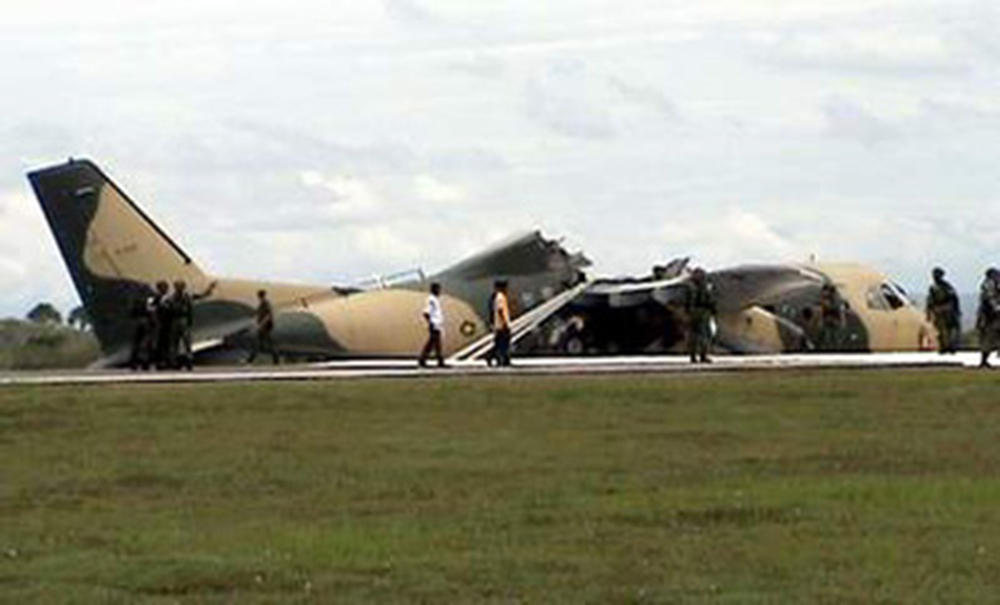
Crash of a Casa-Nurtanio CN-235M-200 on Pic du Pioulou: 7 killed
Date & Time:
Dec 17, 2003 at 1035 LT
Registration:
F-RAIA
Survivors:
No
Schedule:
Toulouse - Toulouse
MSN:
C-043
YOM:
1990
Flight number:
COTAM 1492
Crew on board:
4
Crew fatalities:
Pax on board:
3
Pax fatalities:
Other fatalities:
Total fatalities:
7
Captain / Total hours on type:
2683.00
Copilot / Total hours on type:
924
Aircraft flight hours:
4925
Circumstances:
Based at Creil AFB (BA110), the aircraft was dispatched at Toulouse-Francazal AFB on December 15 for a period of three days to conduct local missions with paratroopers. Undel callsign Cotam 1492, the aircraft departed Toulouse-Francazal Airport at 0952LT with 12 paratroopers and four crew members on board on behalf of the Escadron de Transport 01.062 Vercors. At 1017LT, while approaching the drop zone of Tour du Crieu at an altitude of 12,000 feet, nine skydivers left the cabin. Then the captain informed ground he want to conduct a low flight over the Pyrenees mountains for a period of 10-15 minutes before returning to the base. At 1025LT, the aircraft entered the Ariege valley between Foix and Tarascon then the Vicdessos valley. Approaching Suc-et-Sentenac at 1034LT, the aircraft turn to the right and started to climb to pass over the Pic du Pioulou. The climb was started at an altitude of 3,700 feet (600 feet above ground) with a rate of climb of 3,000 feet per minute and a speed of 170 knots. Due pass the Pic du Pioulou (7,200 feet high), the aircraft should climb at least 3,500 feet on a distance of 4,500 metres with an average slope of 23,4% which is over the aircraft capabilities. While climbing with a speed of 100 knots, the stick shaker activated and the stall warning sounded. The speed continued to drop and the aircraft nosed up, reaching an angle of attack of 55°. At a speed of 55 knots, the aircraft stalled, rolled to the left and crashed on the slope of the Pic du Pioulou at an altitude of 1,830 metres. The aircraft was destroyed by impact forces and all seven occupants (four crew members and three paratroopers) were killed.
Crew:
Cpt Charles Edouard Bardinet,
Asp Mallory Bernard,
Adj David Roux,
Adj/C Serge Kaczala,
Cap/C Mickael Larivière,
Cap/C Jérôme Garcia,
Cpt Aude Tessier.
Crew:
Cpt Charles Edouard Bardinet,
Asp Mallory Bernard,
Adj David Roux,
Adj/C Serge Kaczala,
Cap/C Mickael Larivière,
Cap/C Jérôme Garcia,
Cpt Aude Tessier.
Probable cause:
The accident, which occurred in a delicate aeronautical environment (mountain flying) sees its causes primarily related to the human factor. It occurred during the execution of an unscheduled and unprepared flight phase, by decision of the captain during the flight. Meanwhile, several factors point to an improvable rigor in actions performed by some crew members of this unit. A decision to change the mission in flight combines several errors that led to the accident:
- Overconfidence of the crew, unaccustomed to mountain flying, which engaged in a topography of which they underestimated the difficulty, the insidiously, because gradually, increasing slope,
- A lack of decision in the cockpit that originated in the establishment of a "soft consensus" itself resulting from functions, qualifications and personalities of various crew members,
- Incorrect assessment of the situation and the capabilities of the aircraft with regards to the topography,
- A lack of reaction in a degraded situation.
- Overconfidence of the crew, unaccustomed to mountain flying, which engaged in a topography of which they underestimated the difficulty, the insidiously, because gradually, increasing slope,
- A lack of decision in the cockpit that originated in the establishment of a "soft consensus" itself resulting from functions, qualifications and personalities of various crew members,
- Incorrect assessment of the situation and the capabilities of the aircraft with regards to the topography,
- A lack of reaction in a degraded situation.
Final Report:
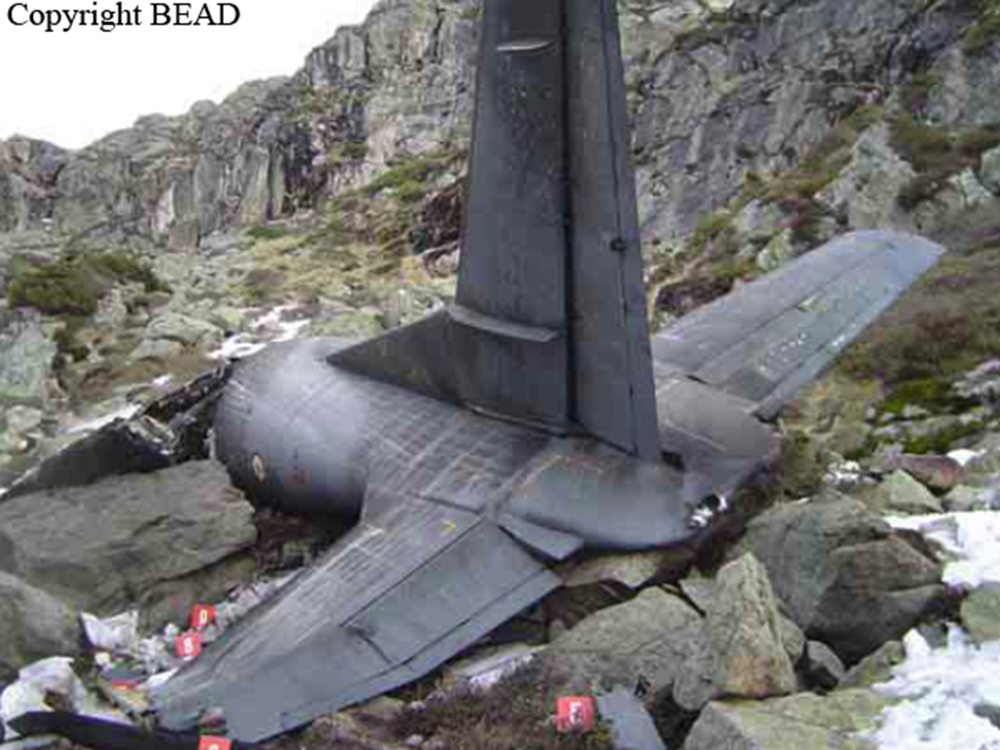
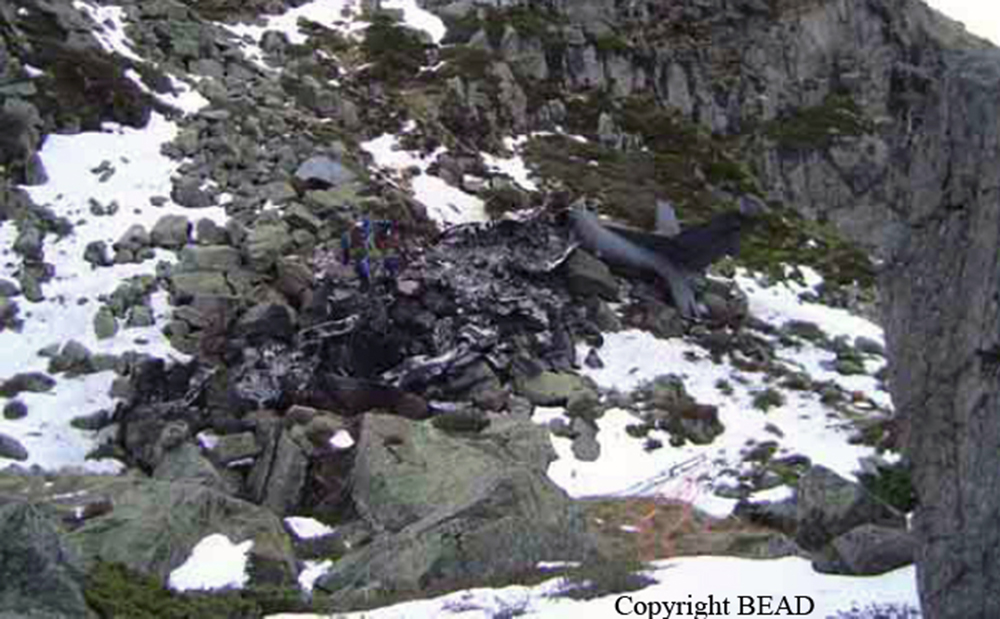
Crash of a Casa-Nurtanio CN-235-200 (IPTN) in Málaga: 4 killed
Date & Time:
Aug 29, 2001 at 1016 LT
Registration:
EC-FBC
Survivors:
Yes
Schedule:
Melilla – Málaga
MSN:
C-033
YOM:
1990
Flight number:
AX8261
Crew on board:
3
Crew fatalities:
Pax on board:
44
Pax fatalities:
Other fatalities:
Total fatalities:
4
Captain / Total hours on type:
4166.00
Copilot / Total hours on type:
4885
Aircraft flight hours:
14577
Aircraft flight cycles:
20780
Circumstances:
Following an uneventful flight from Melilla, the crew was cleared to descend to Málaga-Pablo Ruiz Picasso Airport. On final approach to runway 32, the crew encountered an unexpected situation when the engine fire warning light came on in the cockpit panel, indicating a fire on the left engine. The copilot informed ATC and after he declared an emergency, was cleared to land on runway 32. On short final, both engines stopped. The aircraft stalled and crashed 538 metres short of runway threshold and came to rest against the embankment of a motorway. The captain and three passengers were killed while all other occupants were injured, some of them seriously. The aircraft was destroyed.
Probable cause:
It is considered that the cause of the accident was the incorrect execution, by the crew, of the emergency procedure of fire or serious damage to an engine contained in the Flight Operations Manual that was on board the aircraft, causing the consecutive shutdown of both engines with the consequent total loss of thrust, so that the progression of the flight was impeded. The activation of the emergency procedure occurred as a consequence of a left engine fire warning which turned out to be false. The appearance of the false fire warning could be caused by the presence of moisture and/or dirt in the connectors of the fire detector circuit. It is considered that a contributing factor to these circumstances could be the definition of maintenance tasks for that system in the Aircraft Maintenance Manual, which was not compliant to the methods recommended by the manufacturer of the fire detection system to avoid the existence of humidity in the installation. As factors that could have contributed to the incorrect performance of the crew during the application of the emergency procedure, the following are considered:
- A lack of coordination in the piloting tasks, carried out in the absence of 'Crew Resource Management" criteria.
- Insufficient training for the cockpit change received by the copilot, which did not include simulator training for the application of emergency procedures.
- A lack of coordination in the piloting tasks, carried out in the absence of 'Crew Resource Management" criteria.
- Insufficient training for the cockpit change received by the copilot, which did not include simulator training for the application of emergency procedures.
Final Report:
